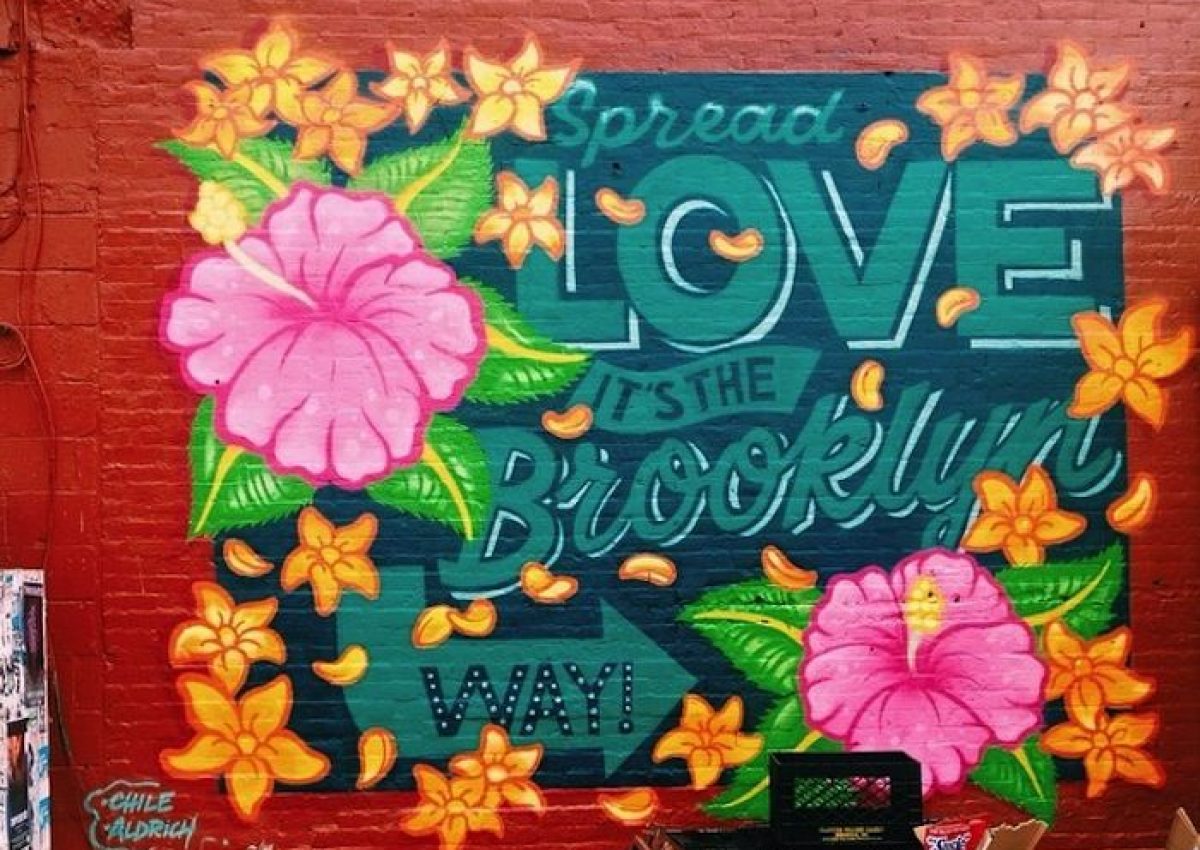- Between weeks 8 and 12, each student should provide a weekly reflection (500 words) on the data you have collected to date.
- What data did you collect?
This week I focused on collecting more recent news articles that tell of the effects of gentrification on communities of color in Williamsburg. I focal point of my investigation was on on religion and churches, as this was a point I found interesting in my last research that I didn’t think of when coming up with this topic. I looked for articles that focused on the church’s role in creating community among Latinos in Williamsburg, as well as the role of church leaders in fighting gentrification.
- What is your initial impression of the data?
I think this data is really interesting as it raises points that I didn’t think of, such as looking at the work that has been done by community leaders and organizations to fight gentrification.
- How have the data you have collected this week changed/progressed your thinking about your research project?
The data I collected this week helped me see that I should not just focus on the problem of gentrification in Williamsburg, but also on the community organizers and leaders who have helped combat it. I think I should include both sides to the discussion.
- What challenges did you encounter while collecting the data?
I didn’t find many challenges in collecting newspaper articles that discuss gentrification in Williamsburg, however, I anticipate that I may face more challenges when looking at scholarly journals.
- What are your next steps?
My next step is to look into more academic peer-reviewed journals that discuss the topic of gentrification. More specifically, I want to look into the history of Williamsburg and the impact of immigration on race relations in this community. Also look into a biography of Luis Acosta and more information on El Puente.
- 2-3 annotations.
Ferré-Sadurní, Luis. 208. “To Fight Gentrification, a Brooklyn Pastor Plans to Build 2,100 Apartments.” The New York Times. https://www.nytimes.com/2018/12/10/nyregion/christian-cultural-center-parking-lot.html
This article discusses the plan of Reverend A.R. Bernard, a pastor at the Christian Cultural Center, to build affordable housing for Brooklyn residents. Reverend Bernard vision is to construct “an urban village” in Jamaica Bay an area in East New York. The pastor notes how the gentrification of places like Williamsburg has caused many residents to move to more affordable areas like East New York. However, this easternmost part of Brooklyn also fears threats of gentrification from private contractors and corporations. Pastor Bernard’s plan to combat gentrification is to make 2,100 apartments that would house people from all income levels. He would like to see the poorest of the poor living amongst affluent professionals. This idealistic plan has raised some concern from community leaders such as councilwoman Inez Barron who is worried that these new apartments would not be as “affordable” as they sound. Ms. Barron noted that the median household income in East New York, which has one of the largest proportions of homeless families, is significantly low: $34,512. And more than a third of families there might not qualify for an apartment because they fall below the 30 percent threshold and are considered “extremely low-income.” Therefore, though this project might benefit some, those who need it most–low-income residents–would fear displacement yet again. The development has not yet been set, as other community leaders such as Andre T. Mitchell, chairman of Community Board 5 in Brooklyn, agrees with Inez Marron on making sure that this project is truly a “win-win” for everyone. This article was a great example of how a solution to one problem, though grounded in good intentions, could create new issues. However, this article also illustrated the way the church and church leaders have tried to fight gentrification.
Roberts, Sam. 2019. “Luis Garden Acosta, Resuscitator of a Brooklyn Neighborhood, Dies at 73.”The New York Times. https://www.nytimes.com/2019/01/11/obituaries/luis-garden-acosta-dead.html
This article is an obituary of Luis Garden Acosta, a community organizer and leader in Williamsburg, who founded the community organization called El Puente in 1982. El Puente’s original mission was to help combat gang-violence specifically in northern Williamsburg. It then evolved into “a grass-roots model for improving local health, education, and environmental and social services and engaging residents in political, human rights and social justice campaigns and cultural projects.” An important aspect of El Puente was to bridge different communities together. Roberts states, “Mr. Garden Acosta, Ms. Lucerna and Eugenio Maldonado convened clergy, educators, community leaders, health providers and artists around the mission of the Young Lords Party, a radical Puerto Rican group, and of the Young Christian Workers Movement, which was founded to unite the Roman Catholic Church and organized labor with a common agenda.” Thus, here we continue to see the important role of the church in Williamsburg. Further, through El Puente a public school wa established in the gentrified southern area of Williamsburg. The goal of this organization was to keep culture alive, this included the Latin, Jewish and other eastern/southeastern European cultural traditions.
Comments:
Juliana, again I like the progress you’re making here. However, it sounds like you got a good grasp on history of gentrification within Brooklyn. The items you found on the churches play sound very interesting. Again, get going with your interviews. Perhaps even do one preliminarily so that you have a sense of what will come out of them. Let me know if I can help you with this process.
